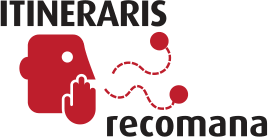Les millor valorades. Top 10
Què et ve de gust?
Quina disciplina vols?
Quina edat?
Properes representacions
Casting Lear
Del 24/11 al 24/11
9.5
Teatre
Thauma
Del 24/11 al 24/11
9.0
An-ki
Del 24/11 al 24/11
9.0
Familiar
Un sublime error
Del 24/11 al 24/11
9.0
Teatre




